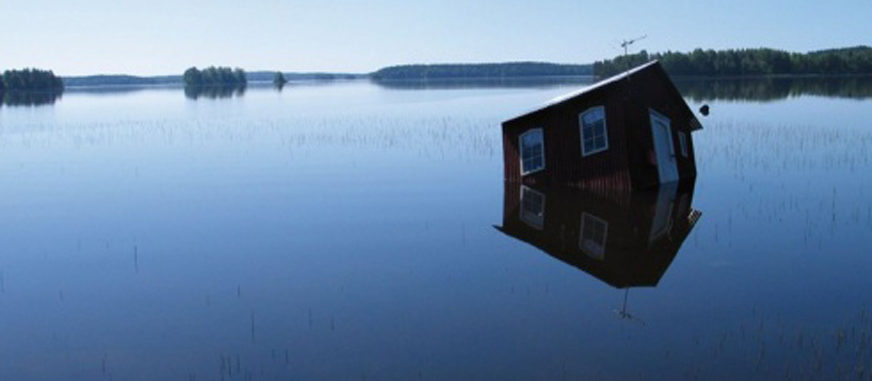Are you concerned about climate change? What can art do to address humankind’s biggest challenge for survival?
As you may well know, Cornerhouse Publications is based at HOME in Manchester, UK. HOME is custom-built as a brand new arts centre, which opened in May 2015. It is totally dedicated to reducing its carbon footprint and all staff (including our team) have undergone a really valuable Carbon Literacy training course.
It seems timely, then, to pull out some of the titles that we distribute that are dedicated to looking at Ecology, Art and Climate, and the relationship between all three:
First, is VfMK’s WEtransFORM where 30 renowned artists and designers from around the world react to themes centred around dwindling natural resources such as fresh drinking water, fossil fuels, food and soil, and rare earth elements. There was an accompanying exhibition at Neues Museum, Nürnberg, earlier this year (18 March – 19 June 2016).
Second up is another vfmk title, this time from their backlist: Moral Imagination: Art and Climate. Again, this was published alongside an exhibition (Kunstmuseum Thurgau, June – October 2008). This one focuses more on global warming, asking artists and theorists to come up with strategies to counteract this phenomena in the globalized world.
Closer to home, with them both being published by the same UK-based publisher, are two of Gaia Project‘s recent new titles; Elemental: An Arts and Ecology Reader and Soil Culture: Bringing the Arts Down to Earth, with the latter revealing how arts and culture explore the vital, ecological importance of soil. Gaia Project is ‘a publishing and curatorial initiative which operates at the intersection of Art and Ecology – or indeed, in that poetic space where Art becomes Ecology, and where Ecology becomes Art’.
Also take a look at this recently added title to our list from Arts Catalyst – Talking Dirty: Tongue-First! Recipes from the Mouth of the Thames – a commission led by artist Fran Gollardo. It’s a recipe book created following a series of public events aimed to highlight the changing ecology, society and industry of the Thames Estuary. In particular, the commission explored the legacy of generations of industrial use and mis-use in the area – and how this has impacted on local wildlife, health and landscape.
There’s also Engage‘s journal number 21 – Art and Climate Change – asking questions such as, ‘How have artists, educators, curators, museums and galleries responded to climate change?’ and, ‘What forms of art and its mediation are evolving along with our understanding of the crisis?’.
Don’t forget Alex Hartley’s Nowhereisland, a book documenting his trip to the High Arctic region of Svalbard in Norway where he discovered a recently revealed island caused by a retreating glacier. According to Hugh Fearnley-Whittingstall, “Nowhereisland has become a crucible for fresh thinking about the way we live now, and in the future. I relish that challenge, in all its myriad contexts.”
Art and Climate is certainly one to mention, as it concentrates not just on current positions, but also on ‘historical’ artworks – showing that art has been reflecting on climate change since the early 20th century and how past approaches are still relevant today.
Lastly (but by no means least) you really must check-out the rather handsome 10th anniversary re-publication of the seminal Cape Farewell book, Burning Ice: Art & Climate Change. Featuring new artworks from major international artists such as Antony Gormley and Rachel Whiteread among others, and complimented with texts by leading climate and sustainability scientists this book is one of the most influential in its field.
After all, we need a ‘cultural response’ to Climate Change, don’t you think?
Image credit: Tea Mäkipää and Halldór Úlfarsson: Atlantis, 2007-2014 Purnu (Finland), 2007


